Standing in sugar-white sand on South Haven, Michigan’s, South Beach, I watched BUFFLEHEAD as she sliced through the Lake Michigan chop. Her okoume hull, finished bright, glowed in the sunlight of an early July morning that felt more like autumn than summer, and her bright red sail puffed full in the freshening westerly breeze. The lone figure in her cockpit— soaked with spindrift—clung to a single sheet with one hand and a steering stick (tiller) with the other as she danced over the aquamarine waves.The design was inspired by the birchbark canoes of French Canadian voyageurs (travelers) and Native Americans, as well as the sailing canoes originated during the 1860s by Scotsman John MacGregor. This sleek, feather-light decked sailing canoe offers balance and flexibility to 21st-century adventurers. Michigander Hugh Horton created this easily transported cockleshell for those seeking to explore the rugged Great Lakes and ocean coastlines.At first glance, BUFFLEHEAD resembles a kayak, although she appears to be greater in size. I wondered what made her a canoe rather than a kayak. Horton said she could easily be called a “high-volume, large-cockpit kayak.” Nick Schade of Guillemot Kayaks said, “A ‘decked canoe’ is called such by the designer, and a ‘kayak’ is called a kayak by its designer. Typically a decked canoe comes from a designer working in the canoe tradition and the boat is likely derived primarily from other canoes (decked or undecked) where kayak designs evolve from other earlier kayaks.”
Join The Conversation
We welcome your comments about this article. If you’d like to include a photo or a video with your comment, please email the file or link.

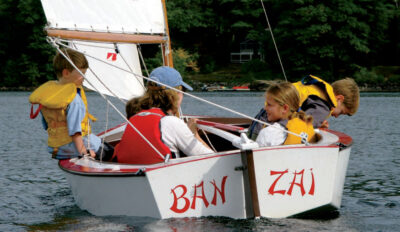
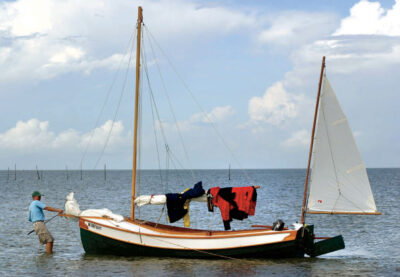
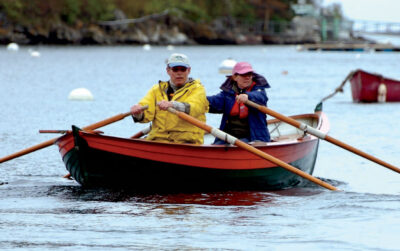
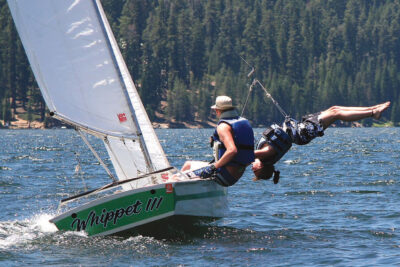
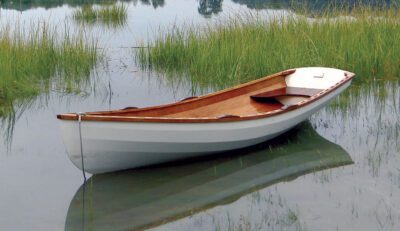
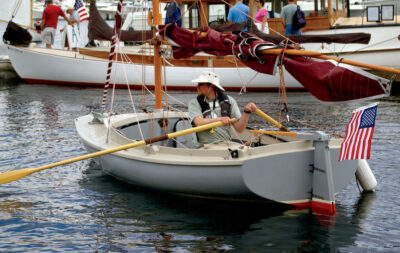
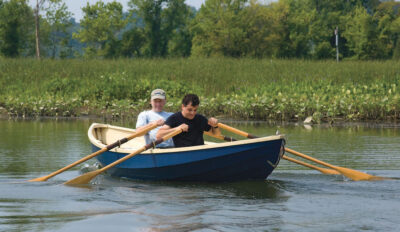
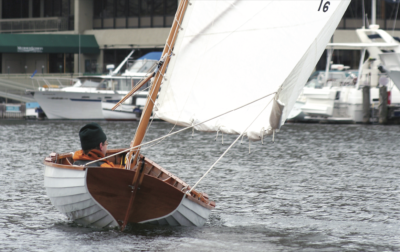
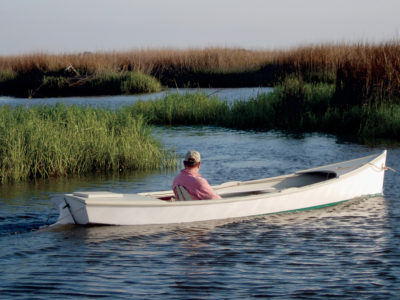
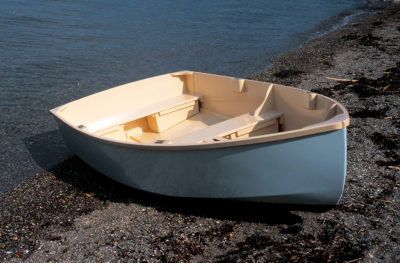
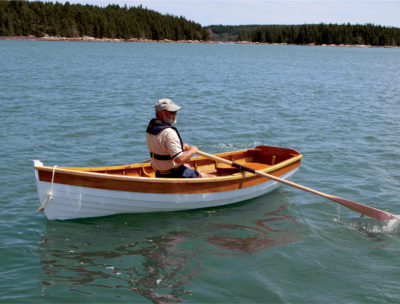
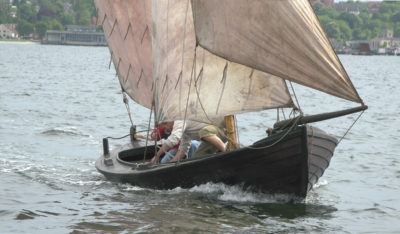
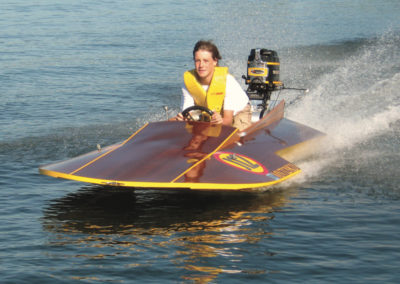
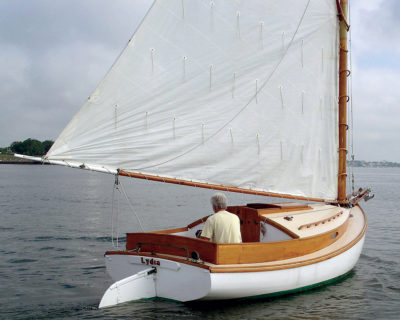
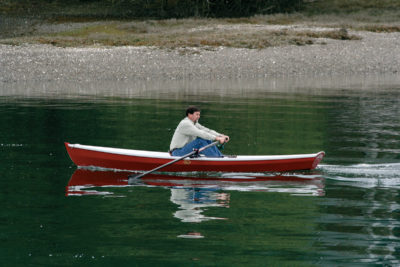
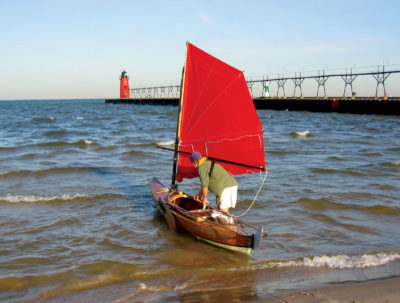
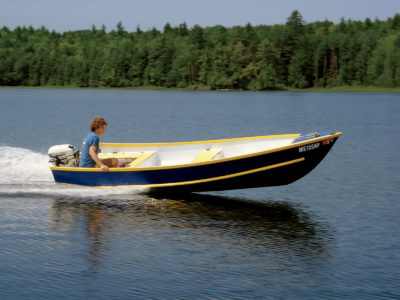
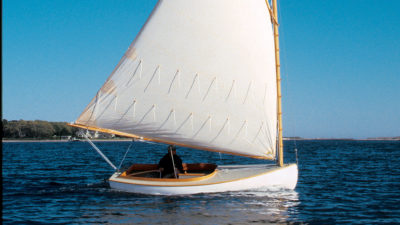
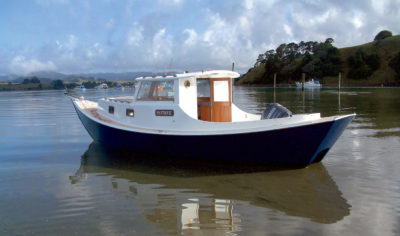
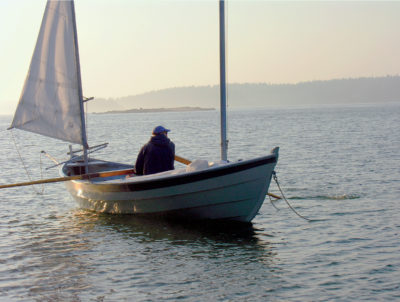
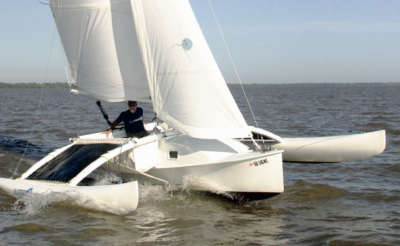
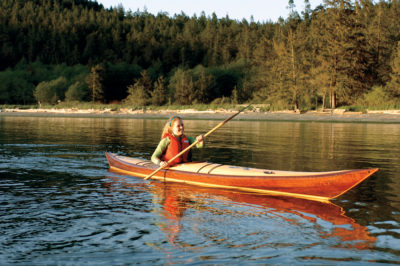
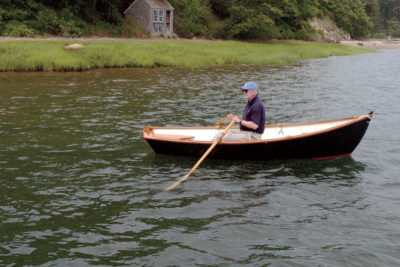
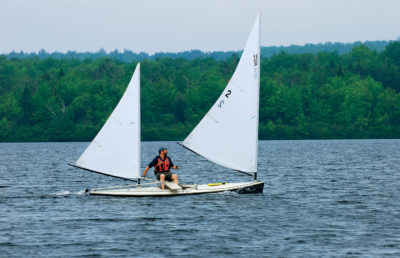
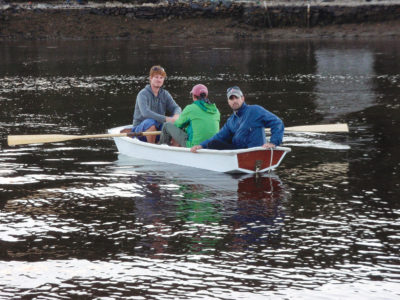
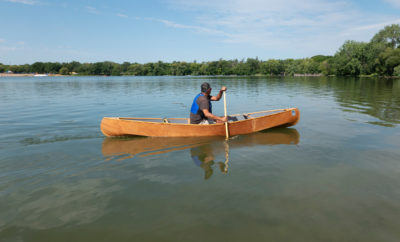
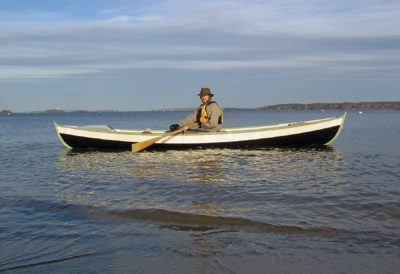
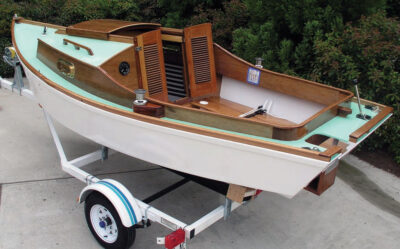
Built using 3mm ply in lapstrake. Very easy and lighter. Also used a daggerboard with cat yawl leg-o-mutton sail.
Very happy with the outcome.
I enjoyed your project. I am doing some restoration work and was wondering where you purchased the 4mm plywood.
Thank you,
Dean Lamm
There are articles about Bufflehead in back issues of Gougeon Brothers Epoxyworks (Meade Gougeon was quite taken with the canoe).
“I wondered what made her a canoe rather than a kayak.”
I recently built a self-designed boat which resembles a smaller Bufflehead (170″ by 27″), and, when completed, I wondered the same thing: “Is this a canoe or a kayak?
Now you have me thinking, “Can I put a sail on this?”